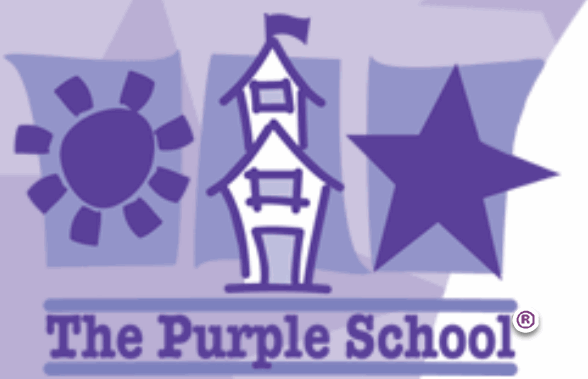









   
|
|
Link back to other FAQs
Q: My child already speaks the target language (or is a complete beginner). Will the class be challenging enough for him/her (or will it be too overwhelming)? A: Our classes often contain a good range of levels from children who are brand new to to children who already speak/understand the language. We encourage the teachers to use at least 50% of the target language as the language of instruction. This challenges the kids who are newer to the language while it gives the kids who already hear it at home, a bit more of the target language in their day. The language of instruction is important because language acquisition for kids at this age is so much more about cultural and linguistic immersion than anything else -- this is how kids get a natural feel for what sounds right or wrong grammatically and pronunciation-wise. This is when their ears and ability to form words and accents are being developed and it's why I think that regardless of the level a child is at, more of the target language in their week is a good thing for them. FOR BEGINNERS Our teachers are instructed that the most important success is to build long-term excitement and interest in learning a second language. This means our teachers use a loving approach and sensitive approach to make sure children of all levels feel comfortable. Complete beginners frequently join classes which have already been long-running. In one of our classes, I remember a third-grade boy with no Chinese background joining a class that included native speakers and others who had been taking the class for two years already. In our category of "Animals," the kids in that class were already learning #50-#75. So the first Chinese word AJ learned was "flamingo." The other kids had learned "duck" and "goose" but with visual images and using familiar children's games like Duck, Duck, Goose, beginning learners learn "flamingo, flamingo, porcuine" naturally and don't think twice about the fact that they may learn duck, goose, dog, and cat a little later than flamingo and porcupine. Our classes are about loving learning another language and about hearing and reproducing sounds early in childhood. FOR MORE ADVANCED STUDENTS (INCLUDING NATIVE SPEAKERS OF THE TARGET LANGUAGE) My own children are much more advanced than most of their peers in Chinese, Japanese, and Spanish. I enroll them in The Purple School classes anyway to give them more language in their week (which is otherwise pretty full of English). They enjoy the camaraderie, look forward to coming to class, and get more "language" than they would if they were in another activity which would be 100% English. The bottom line is that The Purple School challenges the children who already understand or speak the language by increasing vocabulary. For example, #1-10 in The Purple School's "Colors" category include all the usual colors: red, blue, green, etc. Once we get to #11-25, we are teaching colors like silver, gold, rainbow-colored, aqua, maroon, etc. (colors which even kids who speak a language at home or have learned before don't usually learn). The same concept applies for all of The Purple School's 31 categories of learning. In animals, #1-25 includes cat, dog, mouse, zebra, and elephant. My own kids found 1-35 pretty simple but once we got to 35 and beyond, they were learning new things as well. With more advanced children in a mixed-range class, we might even start teaching the animals from #51 (in one of our ongoing Chinese classes, because of the large range of levels, the teacher was teaching #50-75 during the quarter. The beginning students might have learned "leopard" before they even learned cat but because there were always games to review the lower level animals, they soon learned "cat" and "dog" as well mostly by osmosis and from their fellow students). Our classes can also be seen similar to music classes. Kids will know elephants and pigs in English but they go to music class where they sing about elephants and pigs, they still get a lot of important benefits like social time (for (kids as well as parents) and they get to learn tunes and songs in other language in a group setting and just be in an immersive environment. Even though my daughter was already fluent in Chinese in 2001 (she was three), I started the first classroom for The Purple School because I recognized the need/benefit of her wanting to go to a place where the focus was on kids speaking and learning Chinese and where she could showcase what she knew. It is so great for those who are more advanced in a second language to be a star and to take such pride in their second language skills. When there are enough kids who are at a very high native level and by request, The Purple School has also created a "native speakers" class where the focus is at an even higher level and fully immersion. Last revised: 2/16/14 Original FAQ: 3/1/10 |
|
© 2014. The Purple School. All rights reserved. Privacy Statement | Legal Notices |
